If I were the head of the Australian Bureau of Meteorology, I would make more skilful weather and climate forecasting my priority. I would put a system in place for measuring improvement, and I would make sure the team of meteorologists believed it was possible to improve, not only in their skill at providing daily weather forecasts, but also in seasonal rainfall forecasts.
Back in June 1944, British Meteorologist James Stagg was so skilful with his forecasting that that he could reliably advise General Eisenhower that there would be a lull in the storm. This information allowed the successful D-Day landing of 156,000 soldiers in Normandy to go ahead.
It is possible to forecast lulls in storms, and El Niño and La Niña events, because the passage of the Moon overhead is regular and cyclical. In the same way that artificial neural networks (ANNs) can be used to mine historical data on our social media preferences, interpret medical scans, and underpin driverless car technology, so too this technology could be used to generate more reliable weather and climate forecasts. John Abbot and I showed its application to monthly rainfall forecasting in a series of research papers and book chapters published from 2012 to 2017. They are listed at the end of this note. How the years go by.
If I was the head of the Australian Bureau of Meteorology, I wouldn’t be asking for an audit of the current system because I know that the tools my Bureau uses (simulation modelling) are not fit for the task at hand. In the same way I wouldn’t be asking for an audit of coral reef research. I would use the money instead to get some proper statistically rigorous programs in place for monitoring coral cover and water quality, and monitoring the skill of weather and climate forecasting – and of coral bleaching.
One of my proudest achievements of 2021 was showing how just three of us (Stuart Ireland, Leonard Lim and me) over a short two days working from a little speed boat could lay 36 transects at the inshore Pixie Reef just to the northeast of Cairns, and upload the photographs (with the help of Jaco Vlok) leaving a permanent record of the corals in different habitat types at that reef for that moment in time. Pixie reef was recorded as more than 65 per cent bleached in 2016. That was an El Niño year, and also a year of relatively low sea levels along the western Pacific. You can see the state of Pixie Reef as it was in February 2021, five years later, for yourself, by clicking on each of the 360 thumbnail photographs published on my website. Most of the corals are looking so beautiful.
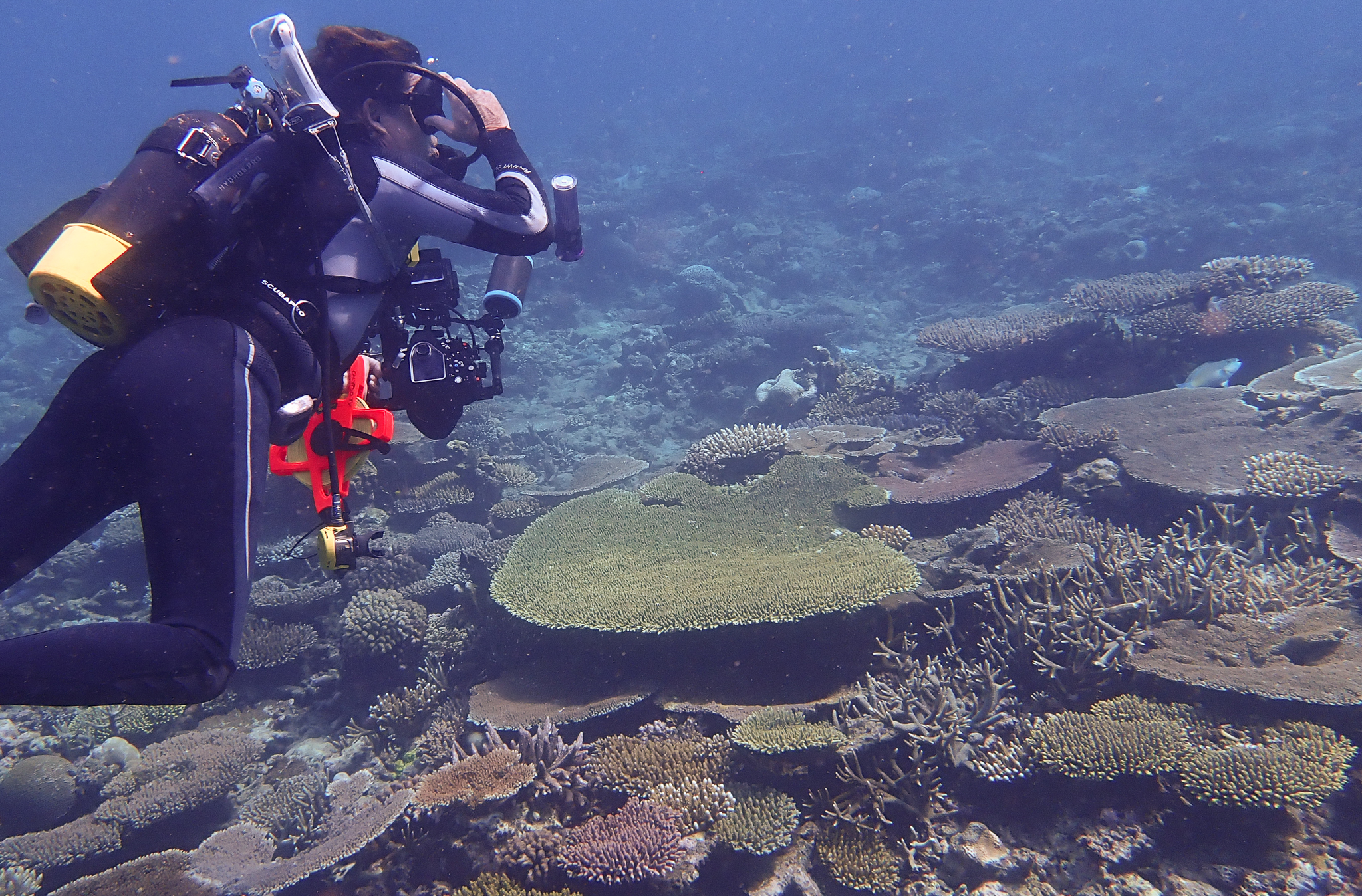
As the Moon is the driver of La Niña–El Niño cycle, so changes in its orbital path correspond with periods of bleaching including the 2016 bleaching, as well as the recent wet weather along the east coast of Australia. James Stagg understood the importance of lunar cycles, and so do the Chinese. A technical paper by Jialin Lin and Taotao Qian entitled ‘Switch Between El Niño and La Niña is Caused by Subsurface Ocean Waves Likely Driven by Lunar Tidal Forcing’ is worth reading and is open access at ResearchGate. I didn’t get a chance to mention it when I was recently on Sky TV with Andrew Bolt. Andrew reminded us that not so long ago we were told by Tim Flannery that Australia’s reservoirs would never fill again because we were doomed to drought – forever. He has been proven so wrong by the cycles of flooding since.
Arthur Day contributed chapter 4 to Climate Change: The Facts 2020. Recently, he sent me some more information on Antarctica. I published this at my blog along with a video Stuart Ireland made after he visited Antarctica a few years ago – when he got to swim with the seals. It’s magical.
Antarctica is a long way from the Great Barrier Reef, but it is the temperature and pressure gradients between the two – or at least between the Poles and the Equator – that can have a major impact on the intensity of the Earth’s weather systems.
The good news for the corals is that the 2020–2021 Australian cyclone season was another ‘below average’ season, producing a total of eight tropical cyclones with just three of these categorised as severe. This means last summer there was not only fewer cyclones, but they were less severe cyclones. However, this trend will likely reverse – because the climate is always changing.

We end 2021 in eastern Australia, which borders to the western South Pacific, with reservoirs full of fresh water, beautiful corals just offshore, not to mention very high vaccination rates. Australians should be confident about the year ahead even if our Bureau of Meteorology keeps fudging an increasingly unreliable temperature record to falsely claim imminent catastrophe. I will be writing much more about this next year – in 2022.
Before finishing this last blog post to you all for the year, I would like to mention the late Christian Kerr and Rob McCulloch. The first a political journalist, the other a marlin fisherman – two very different men who were both such good friends to me. We lost both this last year.
Christian Kerr would sometimes text or phone after I sent out one of my irregular e-newsletters; he would ask if he could republish something in The Spectator Australian Online. Consequently, he launched one of my most important papers, co-written with John Abbot, about using artificial intelligence to distinguish between natural and man-made global warming. It is the first of the papers listed below.
Living in Noosa I managed to escape much of the lockdown insanity that so affected Christian and many of my other friends and colleagues in Melbourne. Indeed, while much of Melbourne was house-bound, I went on a wonderful Great Barrier Reef adventure with Rob McCulloch all the way to Myrmidon Reef at the end of last year, and to Pixie Reef earlier this year. More recently I was diving Heron Reef.
Rob McCulloch and I planned the trip to Myrmidon in September 2020 in order to search for the monster corals. That was after one of his clients from Sydney cancelled because of a last-minute COVID-19 border closure. Rob was known as one of the best marlin fishermen in Australia. He is remembered in the short documentary Finding Porites, which is dedicated to his memory. You can watch it on YouTube, here.
Neither Christian Kerr nor Rob McCulloch waited for other people to do things for them, or to audit things for them. I will miss their courage and their kindness, but especially their enthusiasm for my work and my writings.
Thank you especially to the B. Macfie Family Foundation for continuing to fund my work through the Institute of Public Affairs.
John Roskam will step down as executive director of the IPA early in the New Year. John backed me to set-off with Rob McCulloch on the little boat Kiama to find the monster corals and trusted me to edit the last two climate change books. I will always be so grateful for these opportunities.
Best wishes to you for a happy Christmas and prosperous New Year. And remember, lost time is never found.
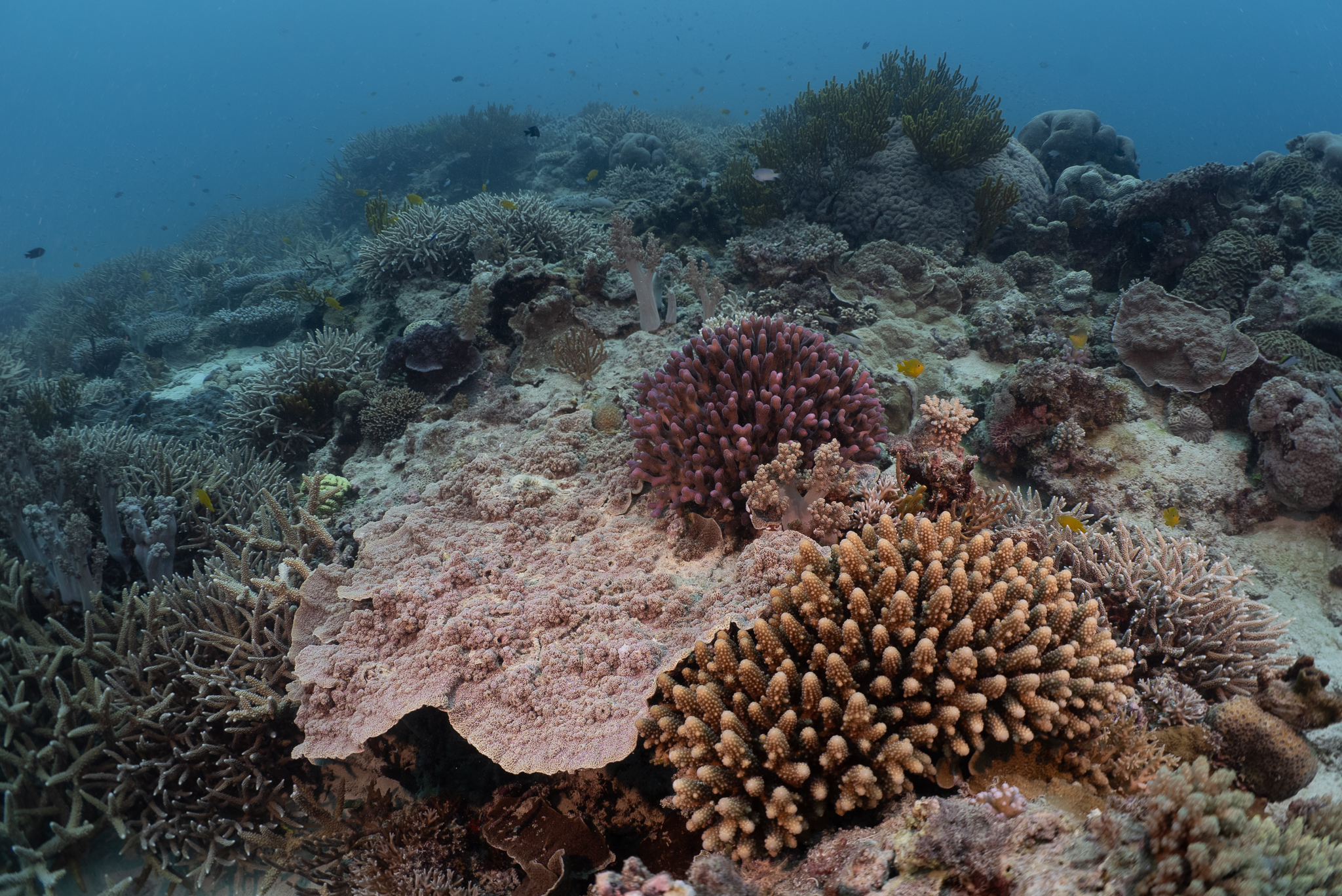
The photograph at the top is of me under-the-water offshore from Heron Island just a month ago. I’ve written a first blog post on the trip, here. There will be more next year about Heron Island, and the need for some quality assurance of underwater photographs used as evidence of mass coral bleaching.
Key publications with John Abbot, 2012 to 2017
Abbot, J. & Marohasy J. 2017. The application of machine learning for evaluating anthropogenic versus natural climate change, GeoResJ, Volume 14, Pages 36-46. http://dx.doi.org/10.1016/j.gf.2017.08.001
Abbot, J. & Marohasy, J. 2017. Skilful rainfall forecasts from artificial neural networks with long duration series and single-month optimisation, Atmospheric Research, Volume 197, Pages 289-299. DOI10.1016/j.atmosres.2017.07.01
Abbot, J. & Marohasy, J. 2017. Forecasting extreme monthly rainfall events in regions of Queensland, Australia, using artificial neural networks. International Journal of Sustainable Development & Planning, Volume 12, Pages 1117-1131.DOI 10.2495/SDP-V12-N7-1117-1131.
Abbot, J. & Marohasy, J. 2017. Application of artificial neural networks to forecasting monthly rainfall one year in advance for locations within the Murray Darling Basin, Australia, International Journal of Sustainable Development & Planning. Volume 12, Pages 1282-1298. DOI 10.2495/SDP-V12-N8-1282-1298.
Abbot, J. & Marohasy, J. 2016. Forecasting monthly rainfall in the Bowen Basin of Queensland, Australia, using neural networks with Nino indices. In AI 2016: Advances in Artificial Intelligence, Eds. B.H. Kand & Q. Bai. DOI: 10.1007/978-3-319-50127-7_7.
Abbot, J. & Marohasy, J. 2016. Forecasting monthly rainfall in the Western Australian wheat-belt up to 18-months in advance using artificial neural networks. In AI 2016: Advances in Artificial Intelligence, Eds. B.H. Kand & Q. Bai. DOI: 10.1007/978-3-319-50127-7_6.
Marohasy, J. & Abbot J. 2016. Southeast Australian Maximum Temperature Trends, 1887–2013: An Evidence-Based Reappraisal. In Evidence-Based Climate Science (Second Edition), Ed. D. Easterbrook. Pages 83-99. http://dx.doi.org/10.1016/B978-0-12-804588-6.00005-7.
Marohasy, J. & Abbot, J. 2015. Assessing the quality of eight different maximum temperature time series as inputs when using artificial neural networks to forecast monthly rainfall at Cape Otway, Australia, Atmospheric Research, Volume 166, Pages 141-149. doi: 10.1016/j.atmosres.2015.06.025.
Abbot J. & Marohasy J. 2015. Using artificial intelligence to forecast monthly rainfall under present and future climates for the Bowen Basin, Queensland, Australia, International Journal of Sustainable Development and Planning, Volume 10, Issue 1, Pages 66 – 75. DOI: 10.2495/SDP-V10-N1-66-75.
Abbot J. & Marohasy J. 2015. Using lagged and forecast climate indices with artificial intelligence to predict monthly rainfall in the Brisbane Catchment, Queensland, Australia, International Journal of Sustainable Development and Planning. Volume 10, Issue 1, Pages 29-41.
Abbot J. & Marohasy J., 2015. Improving monthly rainfall forecasts using artificial neural networks and single-month optimisation in the Brisbane Catchment, Queensland, Australia. WIT Transactions on Ecology and the Environment, 196: 3-13.
Abbot J. & Marohasy J., 2015. Forecasting of monthly rainfall in the Murray Darling Basin, Australia: Miles as a case study. WIT Transactions on Ecology and the Environment, 197: 149-159.
Abbot J. & Marohasy J. 2014. Input selection and optimisation for monthly rainfall forecasting in Queensland, Australia, using artificial neural networks. Atmospheric Research, Volume 138, Pages 166-178.
Abbot J. & Marohasy J. 2013. The application of artificial intelligence for monthly rainfall forecasting in the Brisbane Catchment, Queensland, Australia. River Basin Management VII. WIT Press. Editor C.A. Brebbia. Pages 125-135.
Abbot J. & Marohasy J. 2013. The potential benefits of using artificial intelligence for monthly rainfall forecasting for the Bowen Basin, Queensland, Australia. Water Resources Management VII. WIT Press. Editor C.A. Brebbia. Pages 287-297.
Abbot J., & J. Marohasy, 2012. Application of artificial neural networks to rainfall forecasting in Queensland, Australia. Advances in Atmospheric Sciences, Volume 29, Number 4, Pages 717-730. doi: 10.1007/s00376-012-1259-9.
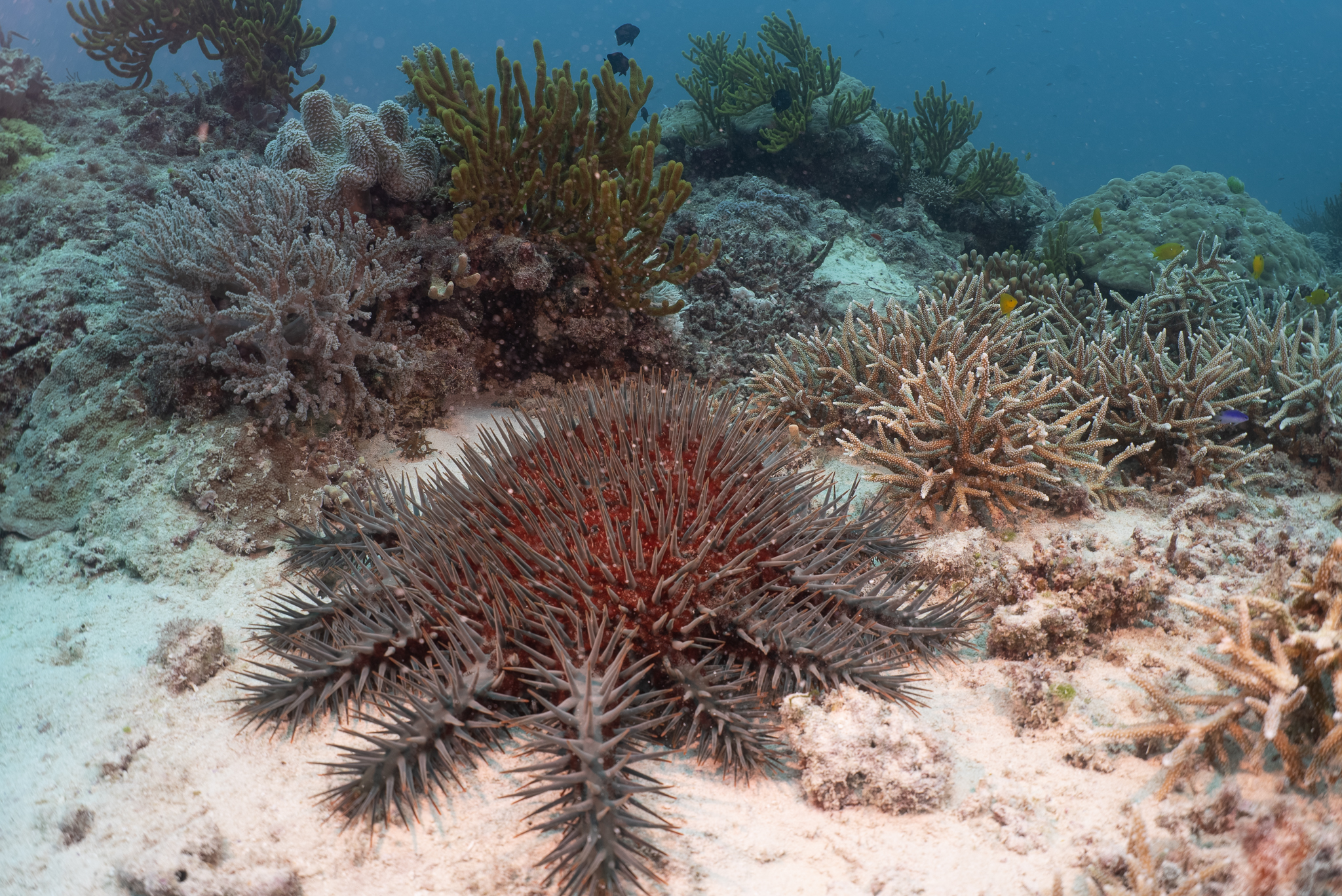


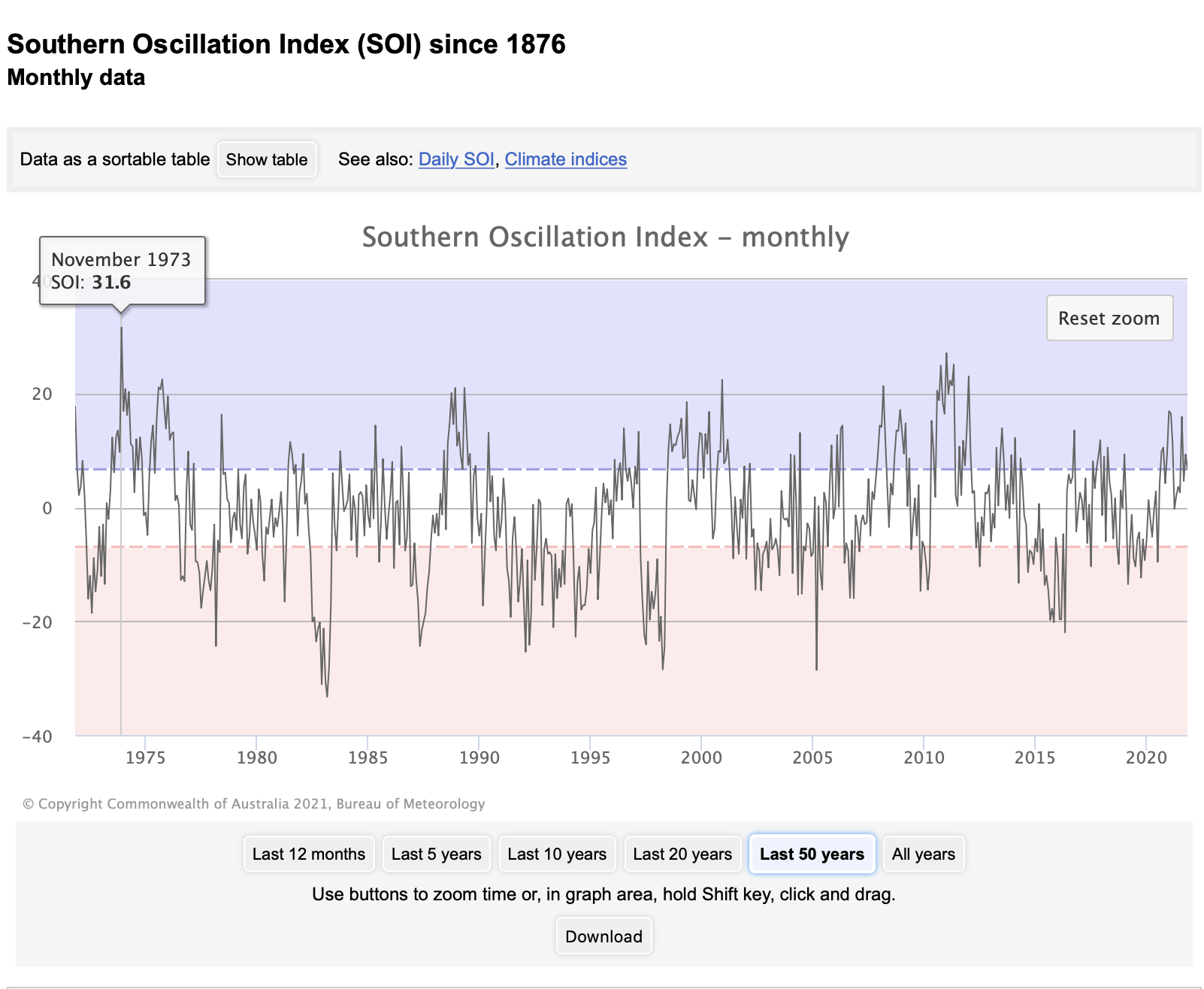


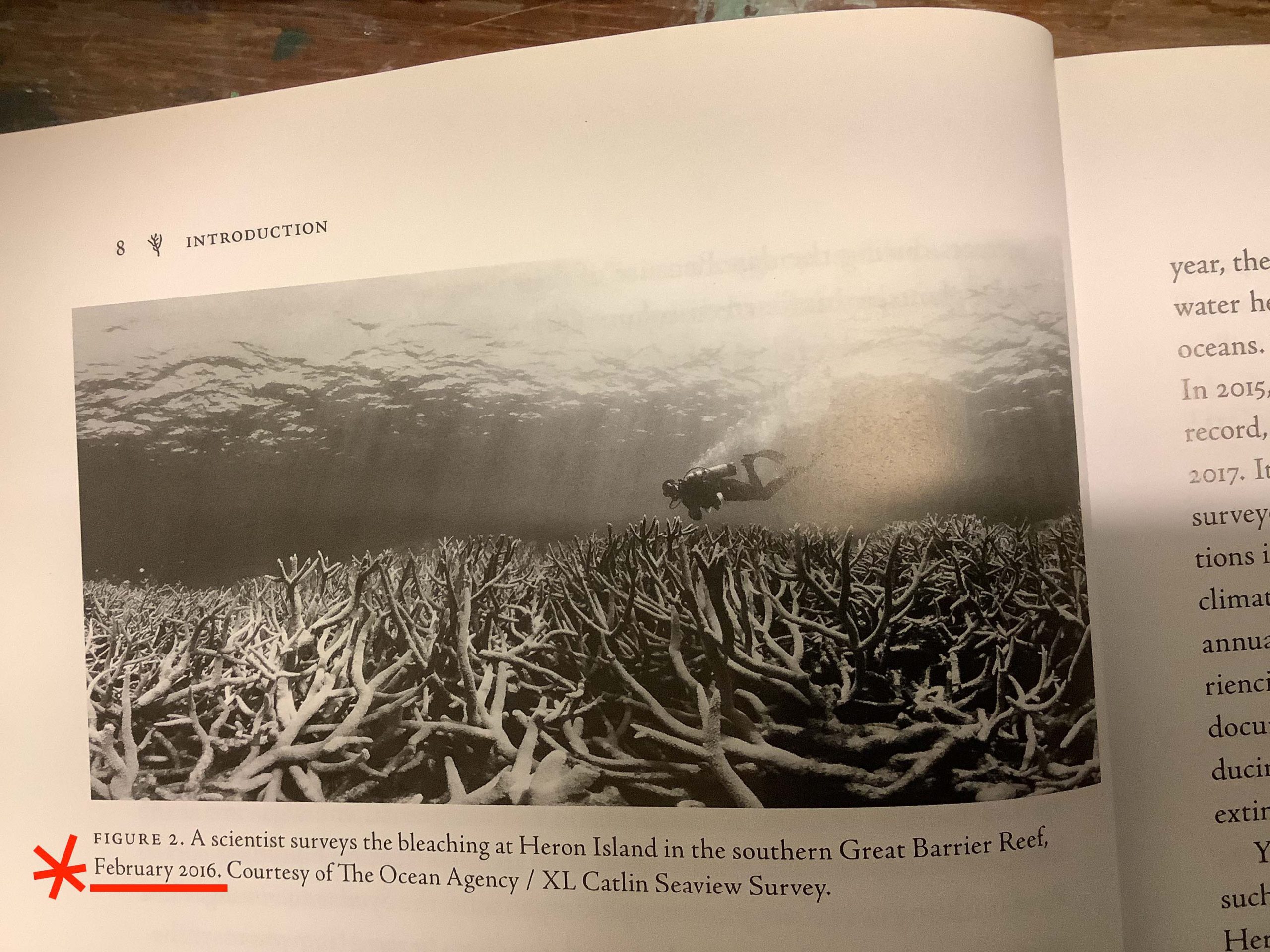
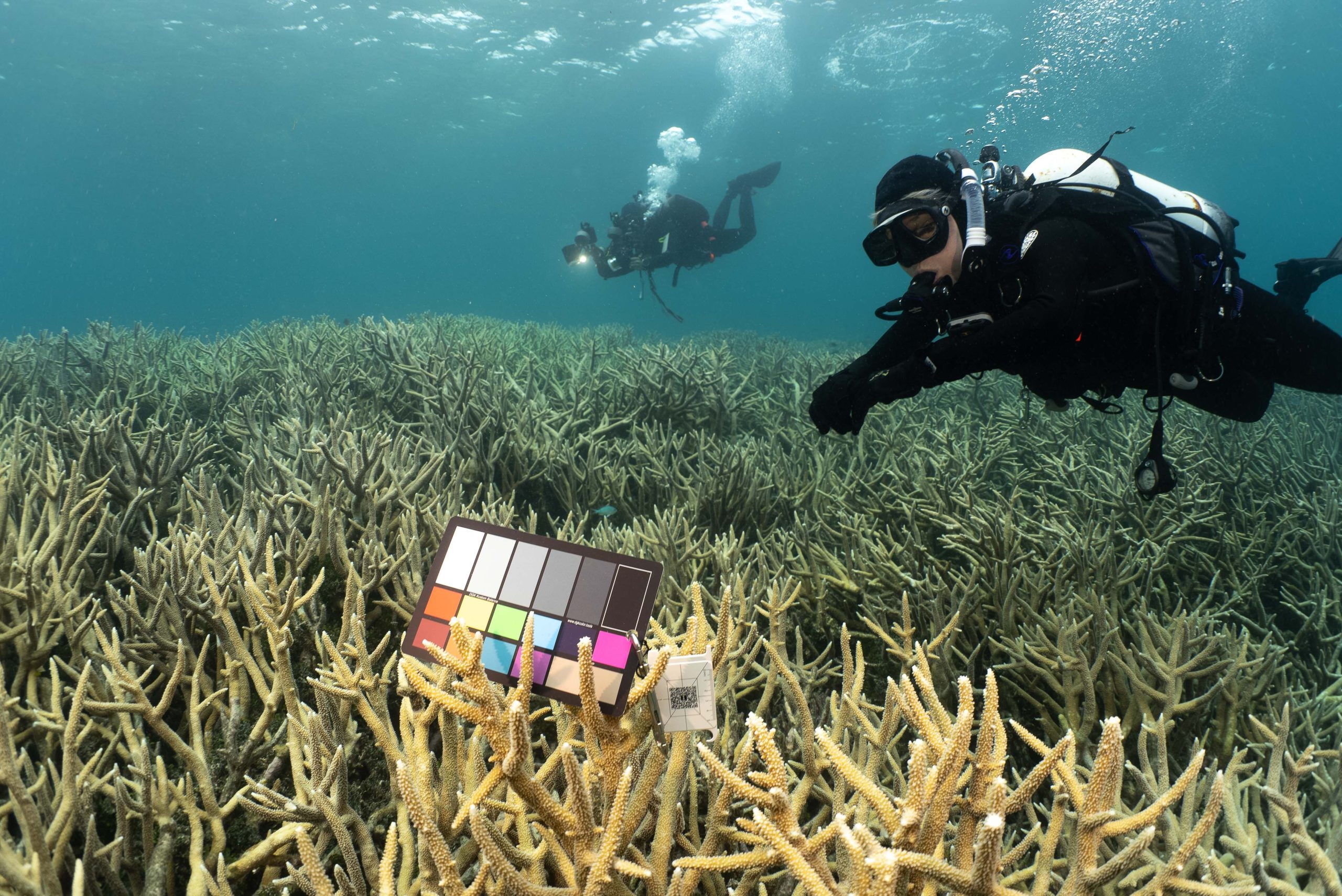
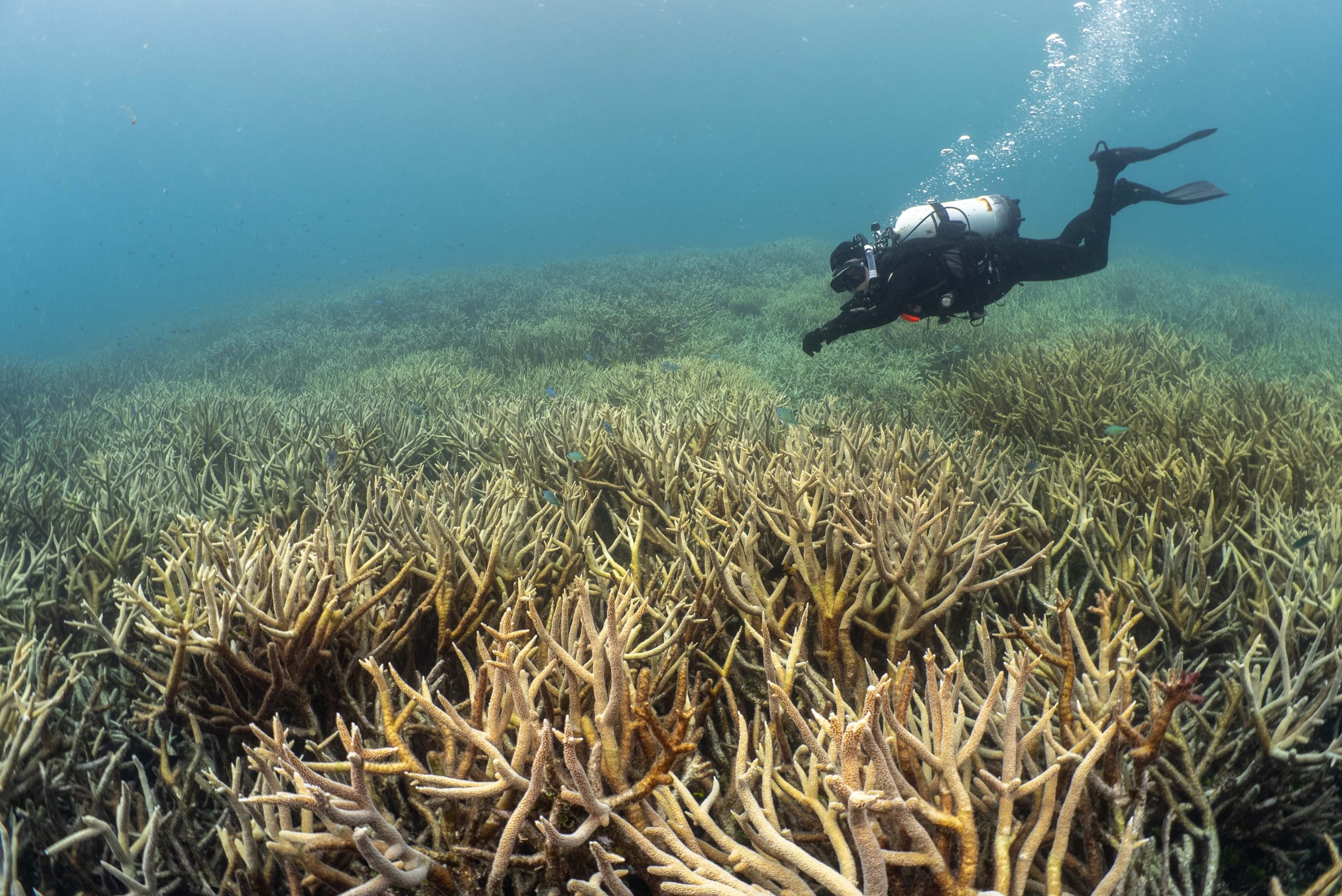
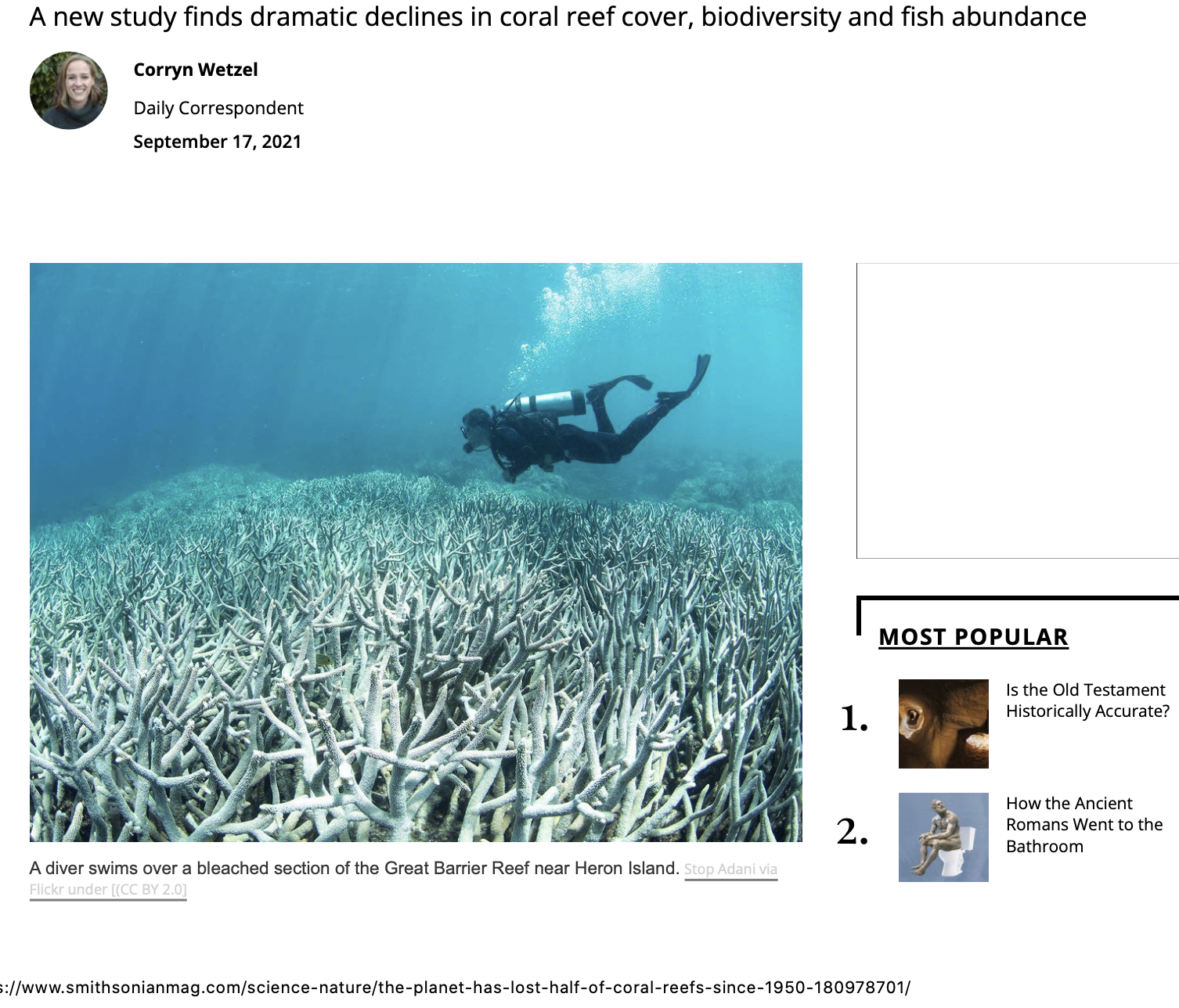

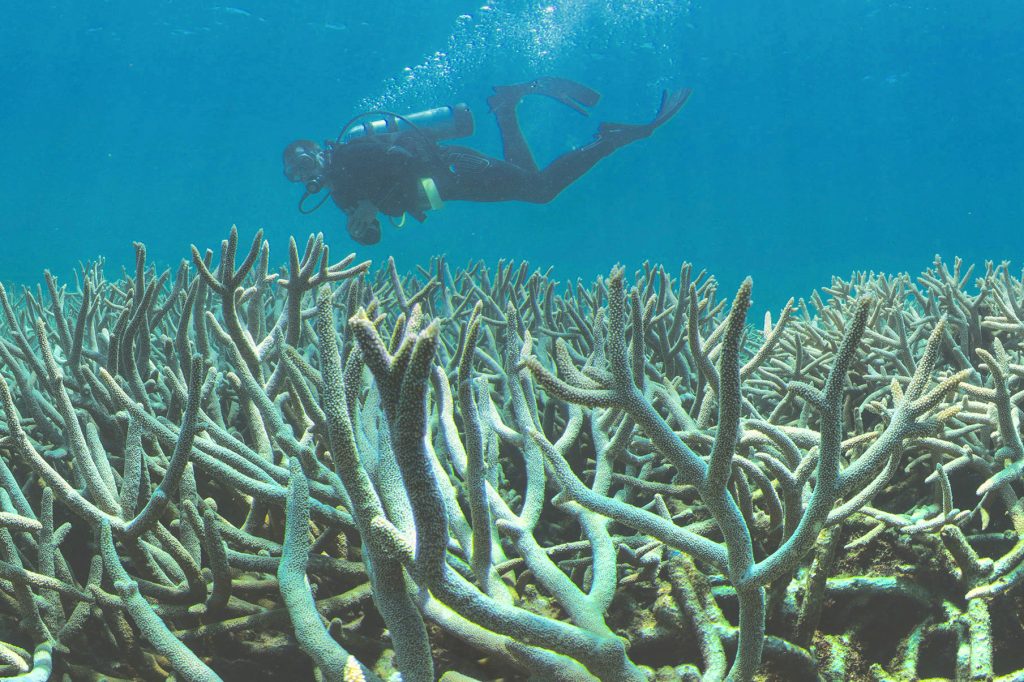
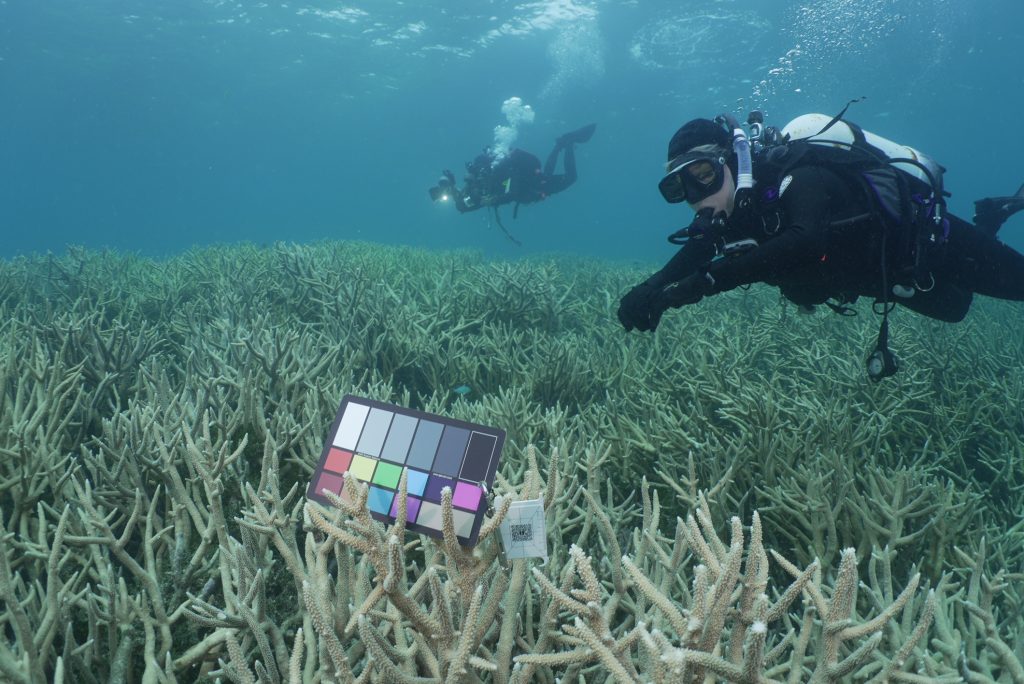
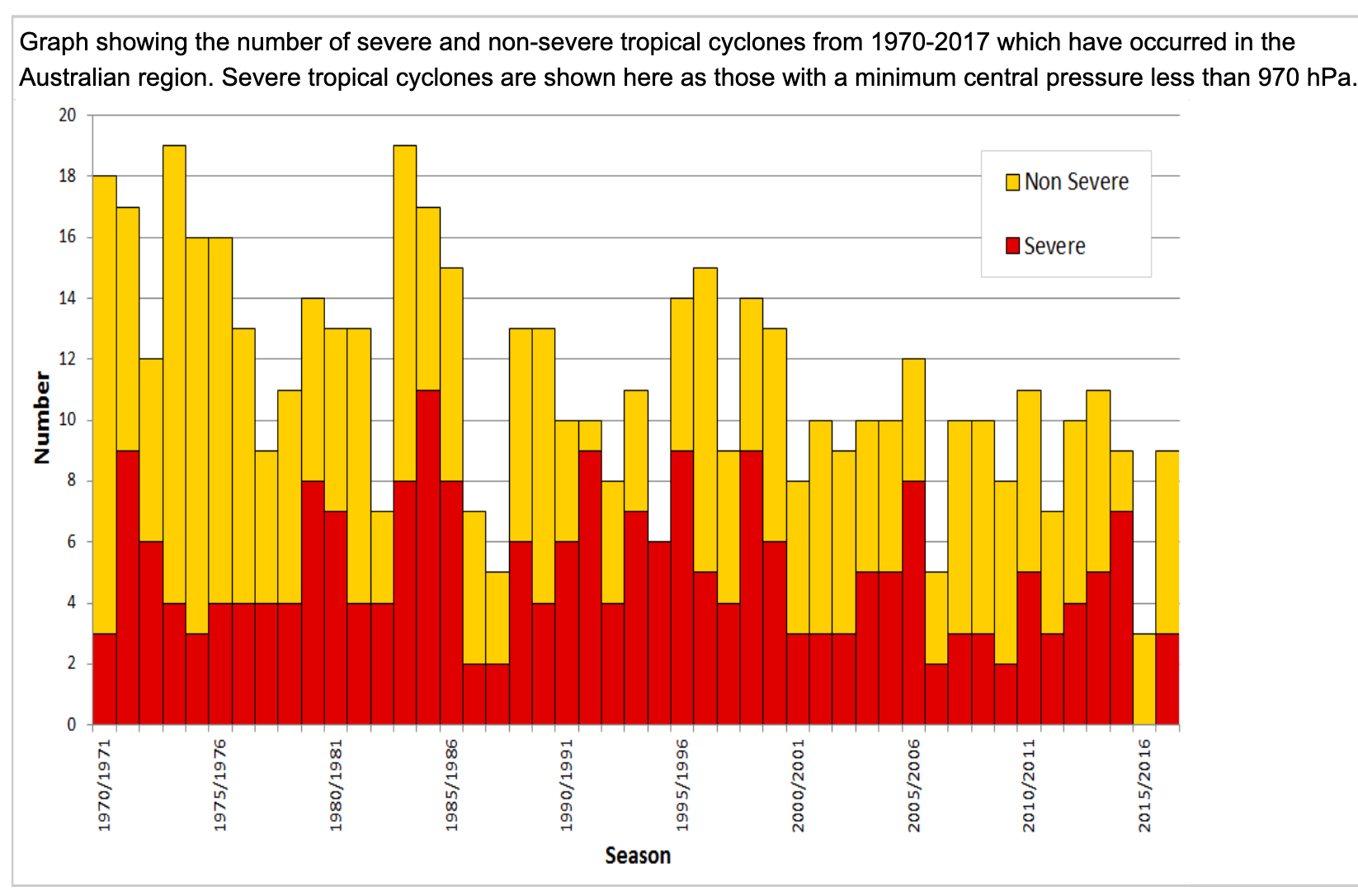
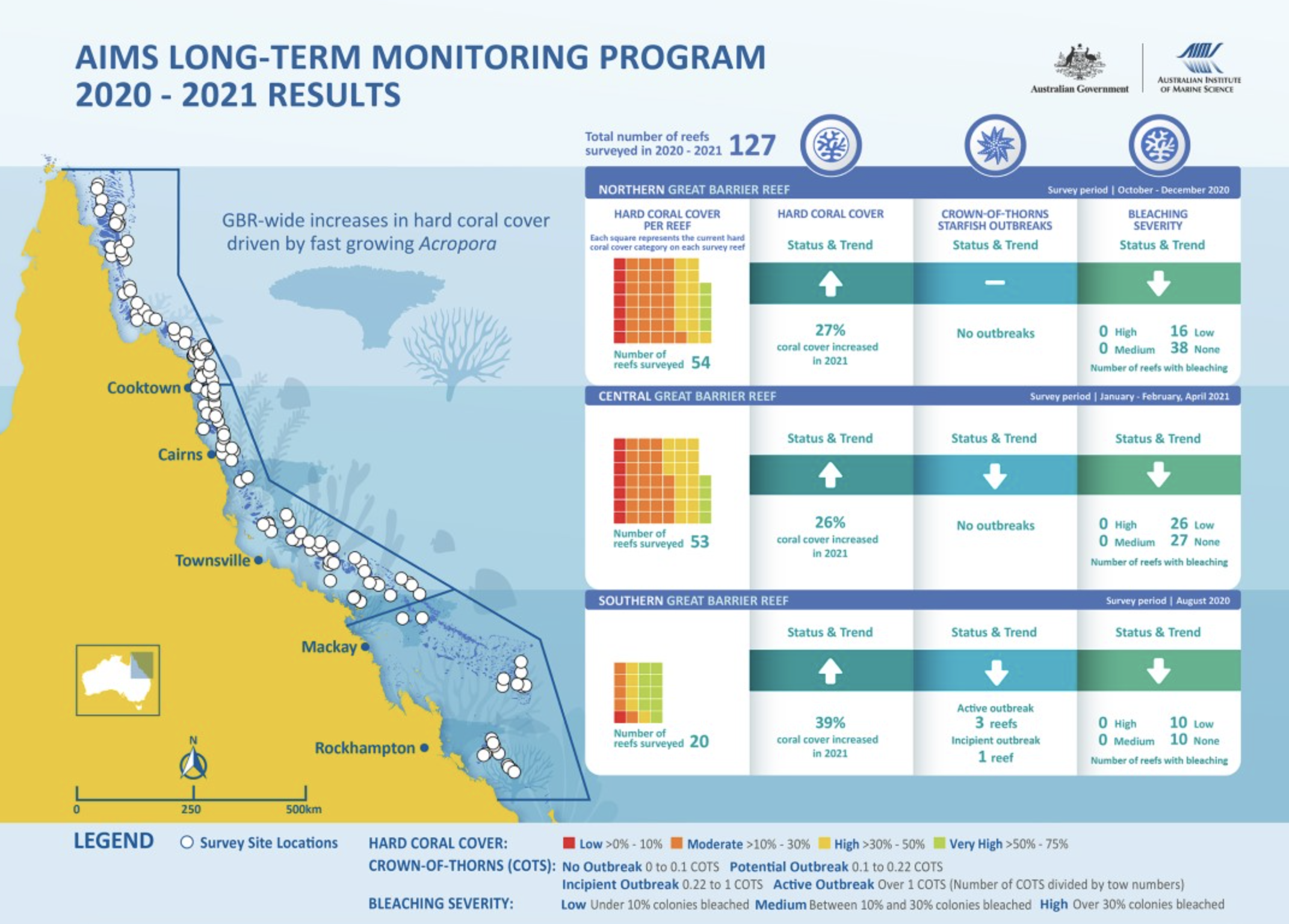
 Jennifer Marohasy BSc PhD has worked in industry and government. She is currently researching a novel technique for long-range weather forecasting funded by the B. Macfie Family Foundation.
Jennifer Marohasy BSc PhD has worked in industry and government. She is currently researching a novel technique for long-range weather forecasting funded by the B. Macfie Family Foundation.